COVID has been a wake-up call; growth isn’t our birth right: Industry experts
The global Coronavirus pandemic and the subsequent nation-wide lockdown have led to massive disruptions in people’s lives as well as in business operations. Industry experts have been analysing the short-term and long-term impact over the last few weeks.
Brands and agencies have had to adapt to the disruption rapidly not only while communicating with the audience, but also change the way work is executed with the support of innovation and technology.
A rapid and strong shift to digital has been made and any plan or strategy that existed will not be effective in the current scenario, leading changes in strategy, communication and, media planning and buying.
With lockdown restrictions being lifted, companies are gearing up for operational efficiency in the COVID-19 era, as we all will have to learn to live and thrive with the virus in our midst. Keeping this in mind, Adgully, as part of its Industry Dialogues series, and Lokmat, as part of its COVIDYA initiative, collaborated to present an industry-leading webinar on ‘Reimagining Client-Media Agency Dynamics in the COVID-19 Era’. Leading names from the industry discussed and analysed on how the client-media agency relationship will undergo change and evolve to meet the demands of the new normal.
Joining the discussion were:
Shashi Sinha, CEO, IPG Mediabrands India (Moderator)
Ashish Bhasin, CEO APAC and Chairman India, Dentsu Aegis Network
RS Sodhi, Managing Director, Gujarat Cooperative Milk Marketing Federation (Amul)
Gaurav Sinha, Head of Marketing and PR, Audi India
Prachi Mohapatra, CMO, fbb, Future Group
Karun Gera, President - Ad Sales, Lokmat Media, delivered the opening address.
At the outset, Karun Gera noted, “From supply chain disruptions to demand search and dip in demand, clients have experienced a lifetime in just about 70 days. Similarly, agencies have been caught in the whirl-wind of uncertainty from television genres doing astronomically to suddenly plateauing, to client demands changing overnight from talking about brand building to focus on COVID linked messaging and Vocal For Local, agencies surely have their work cut out. Even publishers like us have had challenges with disruption in our supply chain. Luckily all the myths have been dissolved to a very large extent while some residual challenges still exist in the metros. All of us here today have a unique but linked set of challenges and will need to deliberate solutions to those.”
Gera further left some questions for the panellists to discuss. He pointed out the time frame the ecosystem will need to sustain financial stability and also what can these solutions be. He also pointed out that since the metros are most affected by the virus, are clients looking to go deeper into the Tier 3 and 4 towns and what are their expectations from the media partners and agencies. He also wanted to know about the opportunities for the regional print and broadcasters.
Commencing the discussions, Shashi Sinha asked the panellists about the challenges they have faced in these times, as well as the opportunities that they have come across and the way forward for the industry.
Giving his perspective, Ashish Bhasin said, “The pandemic has accelerated many trends that were always growing. Just like digital was always growing, the pandemic has further felicitated its growth. We are headed towards an integrated era not of generalisms, but specialisms brought together in one package. Many agencies and clients will head towards that. The agency client relationships are becoming more transactional. Today, the average length of relations is down to less than two years. At one point of time, there are people having 5-6 agencies bidding campaign by campaign. To an extent, the trend of commercial, transactional bits are also growing.”
According to Bhasin, the pandemic has shown us that we sometimes need less than what we think we actually need. This will facilitate efficiency. “Because we were in a growth economy, we drove growth for our expenses. This has been a wake-up call and made us realise that growth isn’t our birth right. Therefore a focus on efficiency is going to come in. Ultimately, if you bring in efficiency, it does good for the consumer and in turn the business. I feel efficiency and adding more values will drive the agency-client relationship here on,” he added.
Here, Sinha noted that in the midst of all this, Amul has been doing a lot more communication, distribution and also launched new products during the lockdown period. While people know Amul is a wholesome brand, Sinha asked RS Sodhi on the idea behind all the activities that Amul has been doing in the pandemic.
Sodhi answered in the affirmative that during this pandemic Amul has been more productive because people are eating more home-made food. According to him, “This is what is allowing us to produce more and be efficient. We have stopped for even one minute in this lockdown. It is just the business we are in. People will eat food, whether there’s a lockdown or not. Looking at the other side of the supply chain are our 36 lakh farmers. The cows and buffaloes still produce milk and hence, we continued to buy, produce and distribute. Communication has been big for us not only towards the consumers but also the supply chain, farmers and the agencies and media we partner with. We communicated to all our farmers and distributors that milk has been announced as an essential product and we guided them with the precautions and measures that need to be taken. We communicated that now our product has become a service to the nation. Everyone was onboard, including our agency and created 12 topical ads along with 6 TVCs on the topic of COVID-19 and lockdown.”
“We took the opportunity we had in front of us and focused on brand building. Even our new products like Haldi Doodh and Atta came from the opportunity, demand and necessity of immunity and need for these products,” he added.
On being asked how he looked at revival of the auto industry in the post-COVID-19 era, Gaurav Sinha replied, “In the Auto sector, there is no linear scenario. We are in the premium and luxury vehicle category – we don’t sell cars, we sell dreams. People haven’t stopped dreaming even in these COVID-19 times. People still want our cars and even in this lockdown we leveraged digital to engage with our customer base. We see great engagement and hence, the demand in luxury will come. We have to keep in mind that primarily the luxury customer in India is either a business owner or runner. They themselves have to keep an eye on where they are standing with their businesses in the current scenario.”
While Sinha accepted that the luxury segment could see a double digit drop, he felt that it was nothing to be worried about. “The demand for mass cars and two-wheelers is also going to go up. I feel there is a pent up demand in people since they are restricted to their homes all this while. This demand will come back to all the sectors. People will spend money, especially because the future is so uncertain. YOLO concept has always existed. And now it exists more than ever. This is now an opportunity to prepare for the demand when it arrives and it definitely will,” he affirmed.
Opportunities in the smaller markets for brands are being keenly watched by the marketers. Sinha asked, “Due to restrictions and metro cities already being saturated, will the smaller markets now player a big role in the way ahead?”
To this, Prachi Mohapatra replied, “As a brand we have always viewed the Tier 2 and 3 markets and it is not a new situation for us.” She cited the example of Raja Festival, which is extremely local to Orissa and how it helped Brand fbb create connect. “We took the digital route with the nano and micro influencers of that market and figured out solutions for the communications. The last week has been so heartwarming for us looking at Orissa sail and it has put to rest all questions on whether we should invest in these smaller markets. It has gone ahead and proven itself. In the current situation, local communication is needed as these smaller markets have more reliefs compared to the metro cities. This makes business easier in these smaller towns.”
Click here to watch the complete webinar




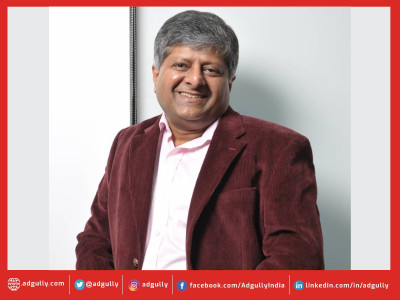


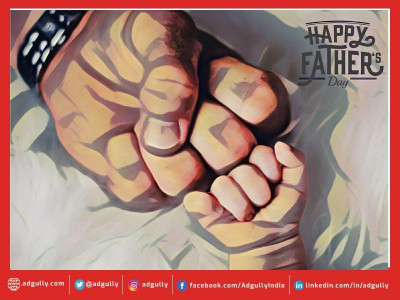
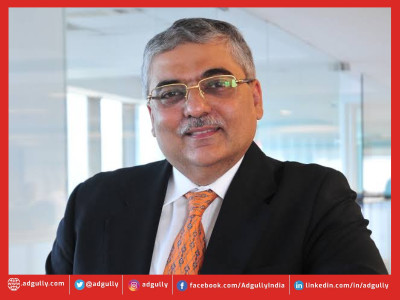
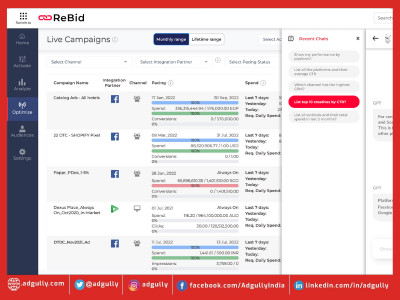
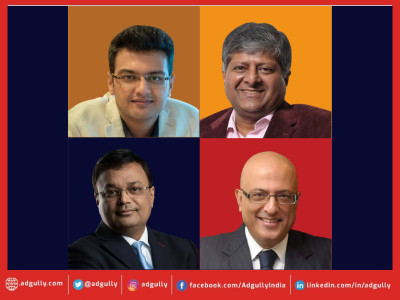
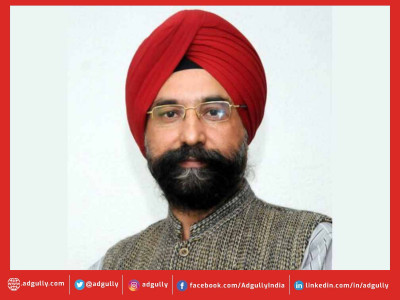
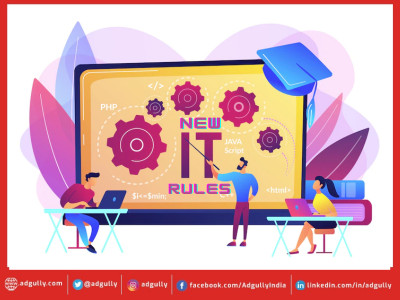


Share
Facebook
YouTube
Tweet
Twitter
LinkedIn